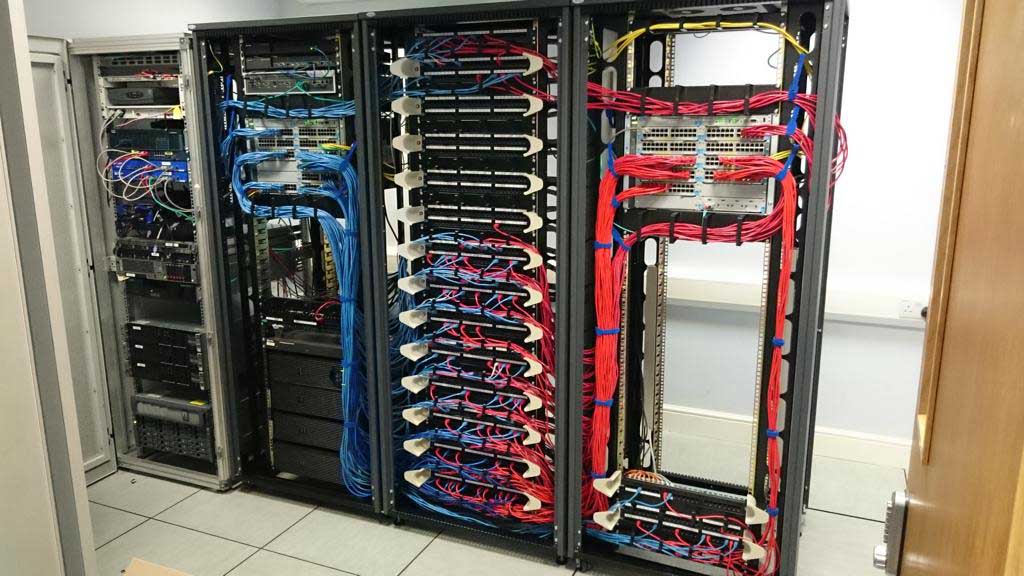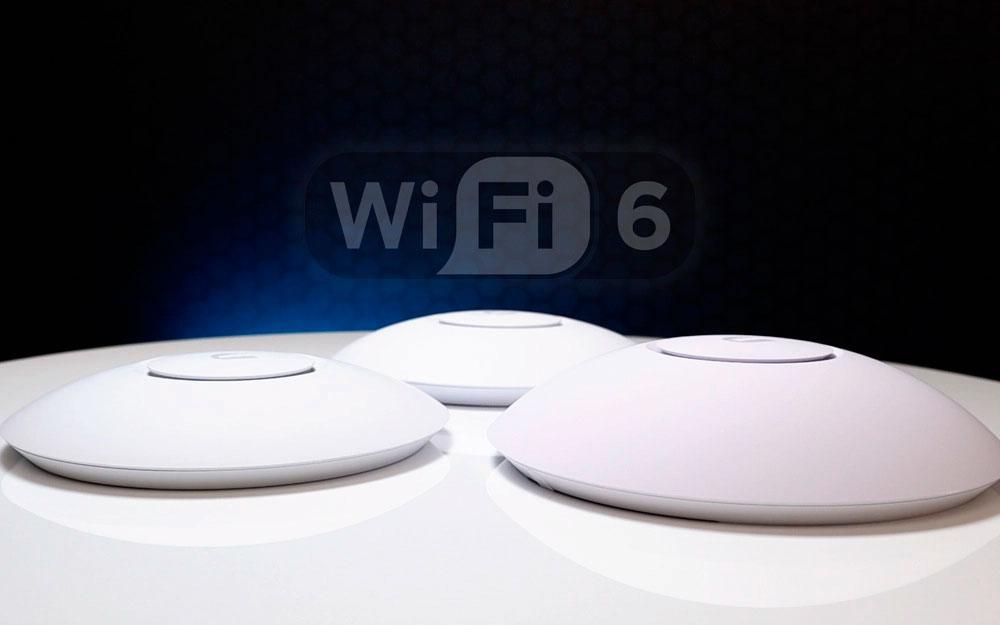In today’s digital landscape, a robust and reliable network is the backbone of any successful office. But outdated cabling infrastructure can strangle performance, leading to frustrating slowdowns, unreliable connections, and ultimately, lost productivity. If your office is still clinging to Cat 5 cables, it’s time to consider an upgrade.
The benefits of a modern network cabling system are numerous:
Faster Speeds:
Say goodbye to buffering and lag. Upgrading to Cat 6 or Cat 6a cabling can support gigabit speeds, a significant jump from the 100 Mbps of Cat 5. This translates to faster data transfer, smoother video conferencing, and a more responsive overall network experience.
Improved Reliability:
Old cables are prone to wear and tear, leading to intermittent outages and data loss. New cabling is sturdier and better shielded, minimizing interference and ensuring a more stable connection.
Increased Scalability:
As your business grows, your network needs to adapt. Modern cabling can handle the demands of additional devices and bandwidth-intensive applications, giving you the flexibility to scale your IT infrastructure without limitations.
Enhanced Security:
Older cabling standards may not have the necessary security features to protect your sensitive data. Upgrading can provide better encryption and protection against cyber threats.
Future-Proofing:
Investing in a modern cabling system is an investment in the future. Cat 6a and beyond are designed to support emerging technologies like 10 Gigabit Ethernet and beyond, ensuring your network stays ahead of the curve.
Planning Your Office Network Cabling Upgrade
Before diving into a full-fledged upgrade, careful planning is crucial. Here are some key steps:
1. Assess Your Needs:
Analyse your current network usage, identify bottlenecks, and project future growth. This will help determine the type and amount of cabling you need.
2. Choose the Right Cable:
Cat 6a is generally recommended for most office environments. For longer distances or high-bandwidth applications, fibre optic cabling might be necessary.
3. Design the Layout:
Plan the cable routes, considering factors like accessibility, aesthetics, and future expansion.
4. Hire a Professional:
Unless you have extensive IT expertise, it’s best to leave the installation to a qualified technician. They can ensure proper cable termination, testing, and compliance with industry standards.
The Cost of an Office Network Cabling Upgrade
The cost of an upgrade will vary depending on the size of your office, the type of cable chosen, and the complexity of the installation. However, the long-term benefits in terms of improved productivity, reliability, and security far outweigh the initial investment.
Investing in Your Office’s Future
An office network cabling upgrade is not just about faster internet speeds; it’s about empowering your employees with a reliable and efficient infrastructure that can support their work and drive success. By taking the plunge and upgrading your cabling, you’re investing in the future of your business, ensuring smooth operations and a competitive edge in the digital age.
Additional Tips for a Successful Upgrade:
Communicate with your employees:
Inform them about the upgrade plan and any potential disruptions to minimise inconvenience.
Test and document:
After installation, thoroughly test the cabling and document the layout for future reference.
Regular maintenance:
Schedule regular inspections and maintenance to ensure the continued performance of your network.
By following these steps and considering the factors mentioned above, you can ensure a smooth and successful office network cabling upgrade that will boost your productivity and pave the way for future growth.
We dedicate ourselves to exceeding your expectations by delivering superior upgrading network cabling that serve as the cornerstone for your office or a businessís success, propelling your organization towards its full potential. Feel free to ask anything or free network consultancy.





Leave A Comment